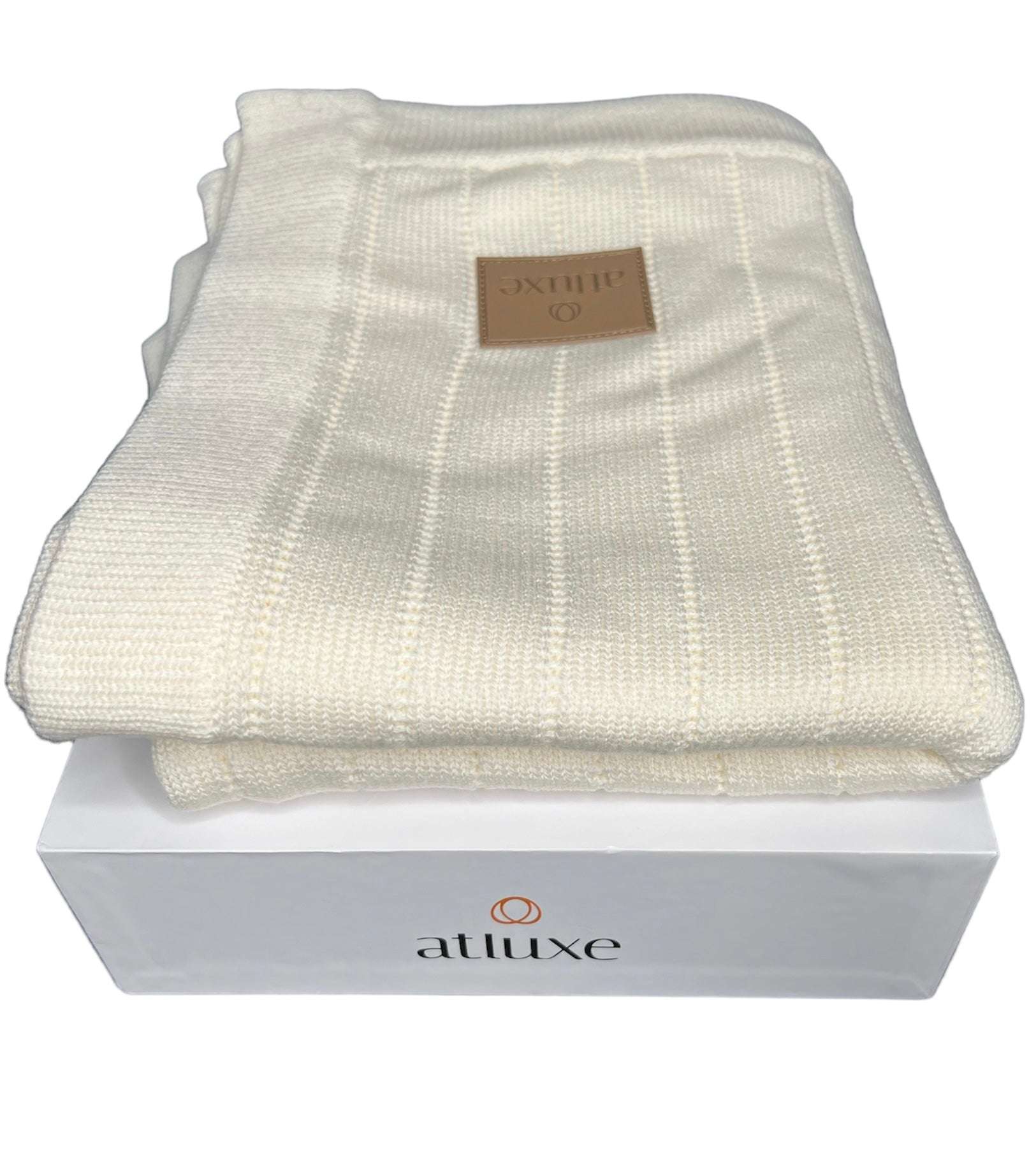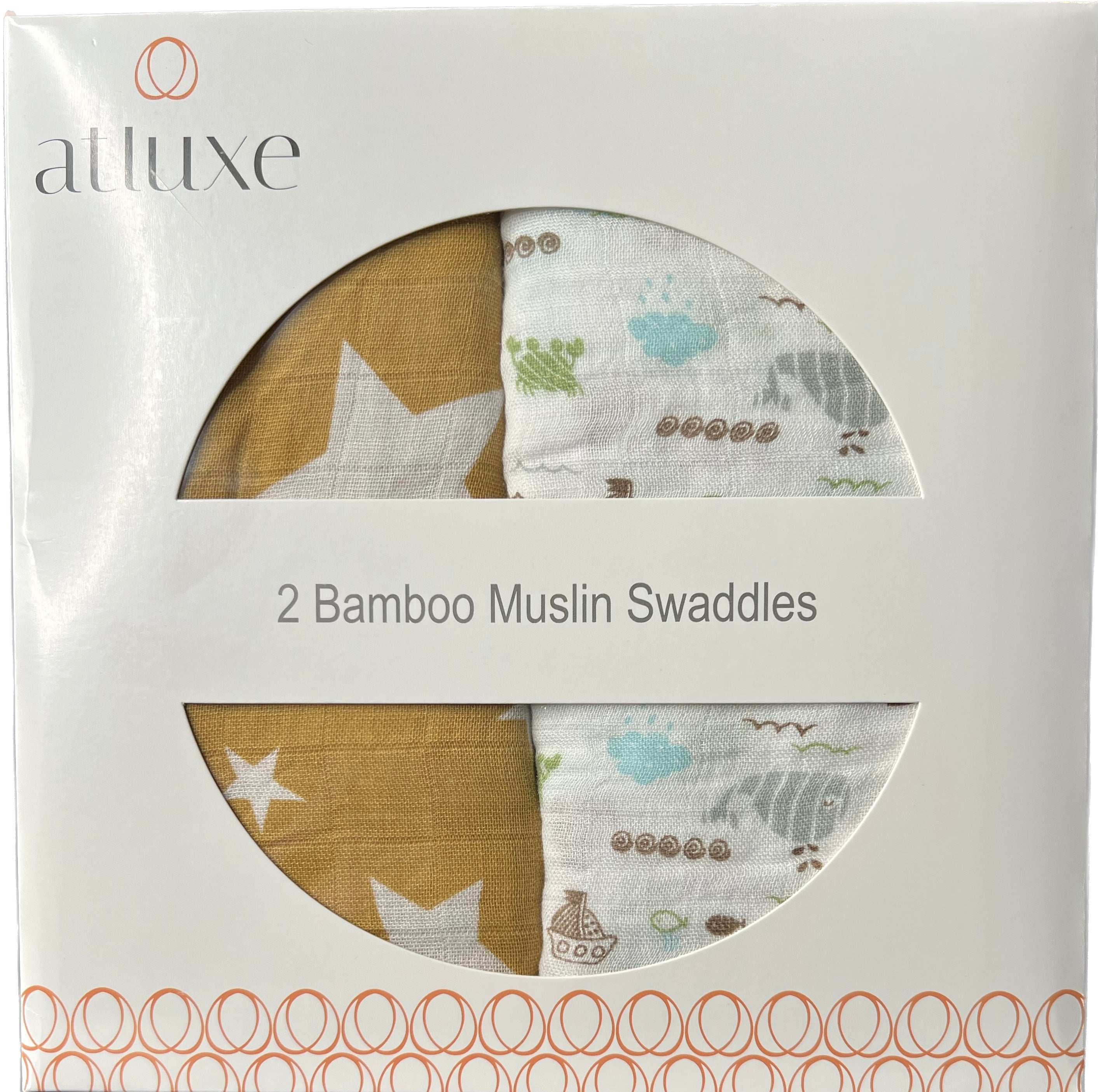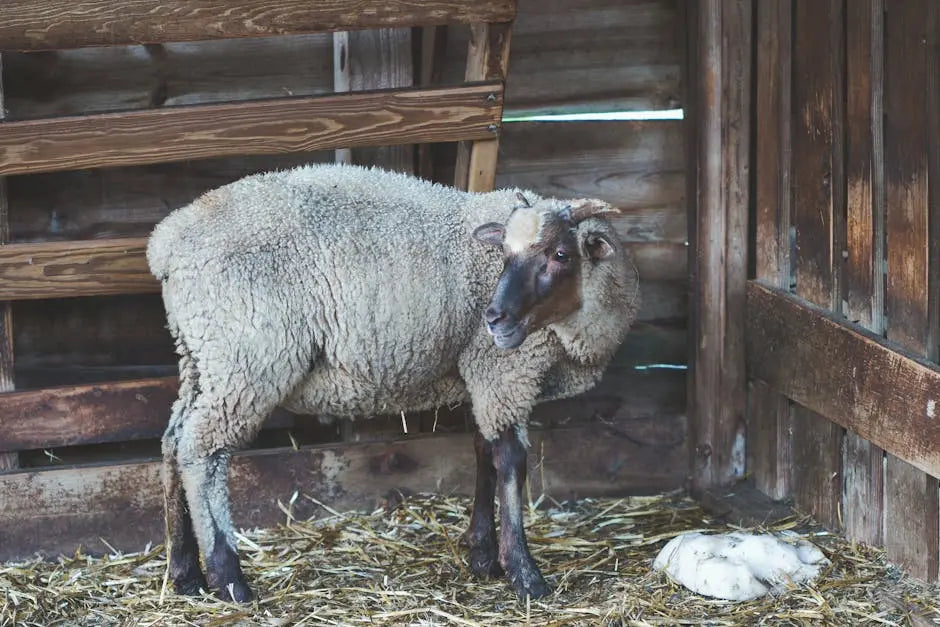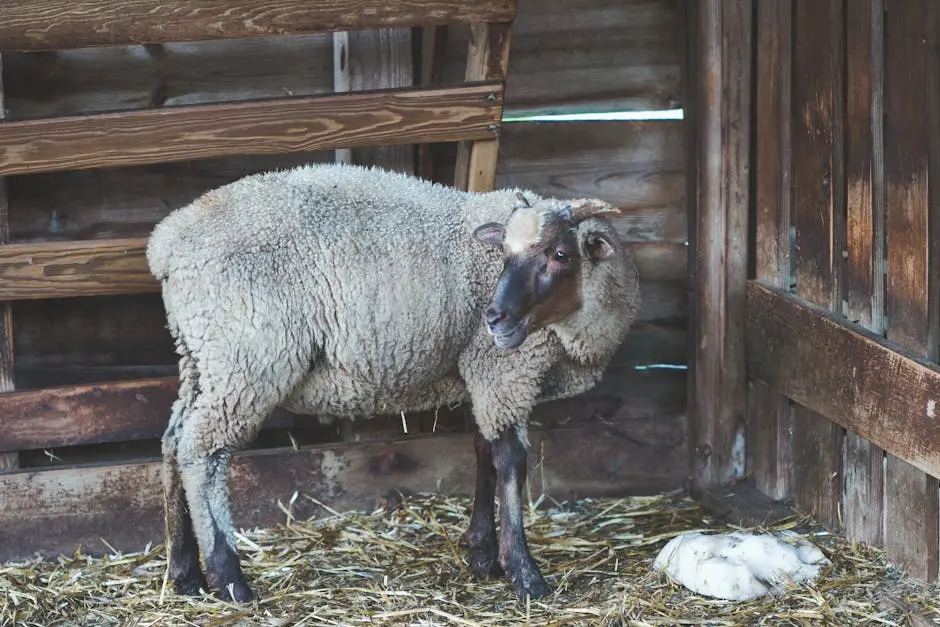In today’s world, where sustainability is becoming increasingly important, making the right choices for our homes can significantly impact the environment. One often-overlooked element of the bedroom is the comforter we choose. Enter the wool comforter, a natural option that not only keeps you warm but also offers various ecological and health benefits. This blog will explore why switching to a wool comforter may be one of the best decisions for your sleep and the planet.
What is a Wool Comforter?
A wool comforter is a type of bedding made specifically from natural wool fibers, offering a unique blend of warmth and breathability. Wool, sourced from sheep, has been used for thousands of years in textiles and clothing, but it’s gaining newfound popularity in the realm of bedding. This traditional material acts as a natural insulator, meaning it can keep you warm during chilly nights while also allowing moisture to escape, preventing overheating as you sleep.
One of the standout features of a wool comforter is its ability to regulate body temperature. Unlike synthetic materials, wool has the inherent property of absorbing moisture without feeling wet. As you sleep, your body naturally produces sweat, and wool fibers can wick this moisture away, keeping you dry and comfortable throughout the night. This ensures a better quality sleep, helping you wake up refreshed.
When considering a wool comforter, you may wonder about the variations available. Wool comforters can differ in thickness, weight, and type of wool used. For instance, Merino wool is known for its softness and lightweight feel, making it perfect for those who prefer a lighter covering. On the other hand, recycled wool comforters offer an eco-friendly twist, allowing you to choose a sustainable option while enjoying the benefits of wool.
The Environmental Benefits of Wool
Choosing a wool comforter is not just a personal choice; it’s also a positive step for the environment. Wool is a renewable resource, as it is obtained from sheep that are sheared annually. This means that the supply of wool is constantly replenished, making it a sustainable choice. Unlike synthetic materials, which rely on fossil fuels and can take hundreds of years to decompose, wool breaks down naturally and enriches the soil when discarded.
The production of wool also tends to have a lower carbon footprint compared to that of synthetic fibers. Sheep grazing on grasslands can help to maintain healthy ecosystems and can even contribute to carbon sequestration, which is critical in the fight against climate change. Additionally, many wool producers adopt ethical and sustainable farming practices, ensuring not only animal welfare but also the protection of the land they use.
In contrast to non-biodegradable synthetic bedding, wool comforters will decompose and return to the earth. This natural lifecycle of wool is essential—reducing waste and contributing to a more circular economy. By opting for a wool comforter, you not only enjoy its benefits but also play a part in promoting eco-friendly practices. It’s a win-win situation for both you and the environment!
Health Benefits: Why Wool is Good for You
The health benefits of a wool comforter extend beyond just comfort and temperature regulation. Wool is inherently hypoallergenic, making it an excellent choice for individuals with allergies or sensitivities. This is because wool naturally resists dust mites, mold, and mildew. By minimizing these allergens in your sleeping environment, a wool comforter helps create a healthier home.
Moreover, wool has natural properties that can promote better sleep. Studies suggest that wool bedding helps improve the quality of sleep by maintaining a stable body temperature, as mentioned earlier. Good sleep is vital for overall health, and a wool comforter can be a key factor in achieving restful nights. This is particularly beneficial for those with conditions like asthma or eczema, where temperature fluctuations can exacerbate symptoms.
Additionally, wool has been shown to have moisture-wicking properties that help regulate humidity around your body. When we sleep, our bodies are constantly releasing moisture, and wool’s ability to absorb this can significantly reduce the likelihood of waking up in a damp environment. This creates a drier and therefore healthier sleeping space, allowing you to enjoy the restorative power of good sleep.
Wool Comforters vs. Synthetic Options
When it comes to bedding materials, the choice between wool comforters and synthetic options can be a difficult one. While synthetic comforters are often marketed for their affordability and easy maintenance, they lack many of the natural benefits that wool provides. For instance, synthetic fabrics can trap heat and moisture, leading to discomfort and disturbed sleep. In contrast, wool regulates temperature effectively, ensuring that you stay warm without overheating.
One of the critical downsides of synthetic fibers is their environmental impact. Many synthetic materials, like polyester, are derived from petroleum-based products and are not biodegradable. This means they can contribute significantly to landfill waste. Furthermore, the production process often involves harmful chemicals that can negatively affect ecosystems. Wool, on the other hand, offers a natural alternative that is both sustainable and biodegradable.
Another point of comparison is durability. Wool comforters tend to be more resilient than their synthetic counterparts. Wool fibers are elastic and can withstand wear and tear, meaning that with proper care, they can last for many years. In contrast, synthetic bedding can lose its shape and effectiveness over time. This longevity makes wool a more economical choice in the long run, as it does not require frequent replacement.
Choosing the Right Wool Comforter
When selecting a wool comforter, there are several factors to consider to ensure that you find the perfect fit for your needs. First, think about the climate you live in. Those in warmer climates may benefit from a lighter wool comforter, which can provide warmth without excessive heat retention. Meanwhile, individuals in colder regions may want a thicker, heavier option to keep cozy during the chilly months.
It’s also essential to consider the type of wool used in the comforter. Merino wool is soft and luxurious, making it ideal for those who prioritize comfort. Meanwhile, lambswool is known for its excellent insulating properties. Be sure to read product descriptions to learn more about how each variant might work for you. Additionally, checking for certifications—like Global Organic Textile Standard (GOTS)—can help you find products that align with your values, including sustainability and animal welfare.
Finally, don’t forget about the size! Wool comforters are available in many dimensions, from twin to king size. Choosing the right size ensures you experience maximum comfort and insulation. Opt for a comforter that fits your mattress adequately. A well-fitted comforter will not only enhance your sleep experience but also ensure that it looks great on your bed.
Caring for Your Wool Comforter
Caring for your wool comforter is crucial for maintaining its longevity and effectiveness. First and foremost, it’s essential to follow the care instructions provided by the manufacturer. In general, wool is known for being relatively low maintenance. It often just needs a good airing out. Hanging it outside on a sunny day can help freshen it up and eliminate odors without requiring extensive washing.
When it comes to cleaning, avoid machine washing unless the care tag specifically says it’s safe. Many wool comforters can be spot cleaned with a damp cloth and a mild detergent. If you need to wash it, consider using a gentle wool detergent and opting for a delicate cycle if machine washing is necessary. Pay close attention to temperature settings, as high heat can damage the fibers. When drying, bypass the dryer altogether and lay it flat or allow it to air dry naturally.
Finally, store your wool comforter appropriately when not in use, especially during warmer months. To protect it from dust and pests, place it in a breathable cotton bag rather than a plastic one, which can trap moisture and lead to mildew. By following these care guidelines, you’ll keep your wool comforter in tip-top shape, ensuring it remains a cozy and eco-friendly bedding choice for years to come.
Embrace Eco-Friendly Sleep
In conclusion, making the switch to a wool comforter not only enhances your sleep quality but also supports a healthier environment. With its natural properties, sustainability, and versatility, a wool comforter is clearly the better choice. Whether you are looking for warmth, breathability, or moisture control, investing in eco-friendly bedding can lead to a more comfortable and responsible lifestyle.









Leave a comment